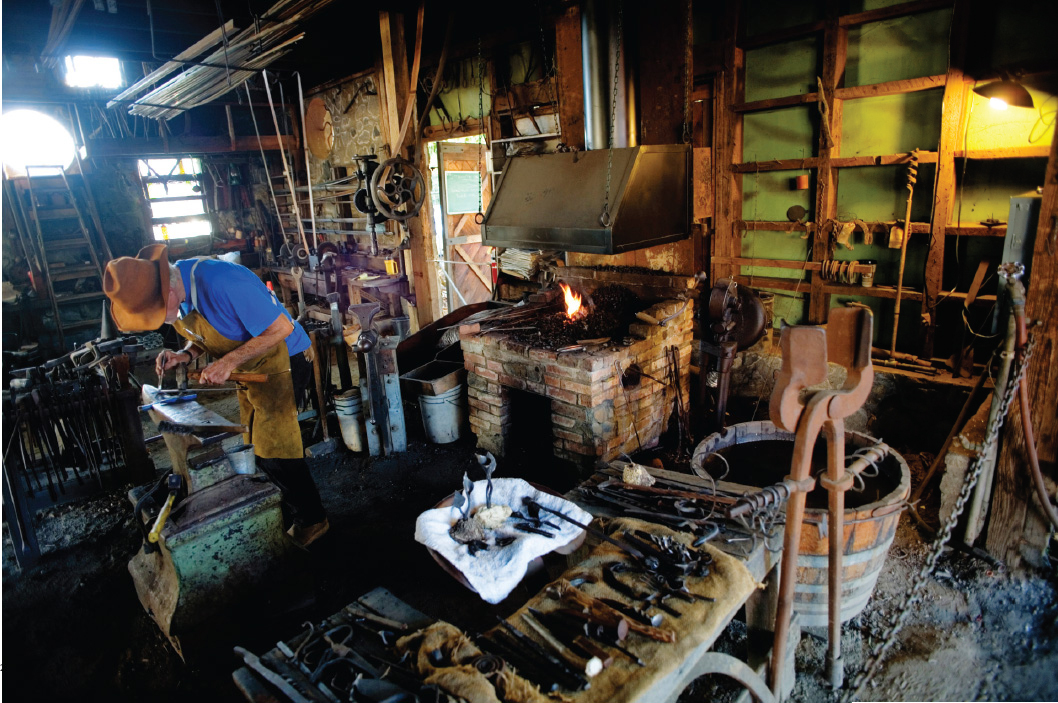Part Five
Skills and Crafts For House and Homestead
It is my special pleasure to behold the lines of hand-made things and to see the patina of seasoned wood and to feel a patriotic pride in the good workmanship there.
—Eric Sloane, Diary of an Early American Boy
Handicrafts were once part of everyday life. People thought no more of making their own candles, spinning their own yarn, or mixing their own paints and glues than modern folks think of vacuuming a rug or screwing in a new light bulb. In those days crafts were not just for artists and hobbyists—they were the survival skills of average men and women. Today, Americans are beginning to rediscover these old-time home skills: for fun, for economy, but most of all for the feeling of independence that comes when one makes do for oneself. Some topics covered in Skills and Crafts for House and Homestead, such as patchwork quilting, rug hooking, and scrimshaw, have evolved into full-fledged folk arts. Others, such as tanning, soapmaking, and blending homemade cosmetics, can be practical money savers. And a few, among them furnituremaking, blacksmithing, and weaving, yield satisfaction on many levels: pride of accomplishment, pleasure in artistic creativity, and the gratification of doing something with your own hands.
